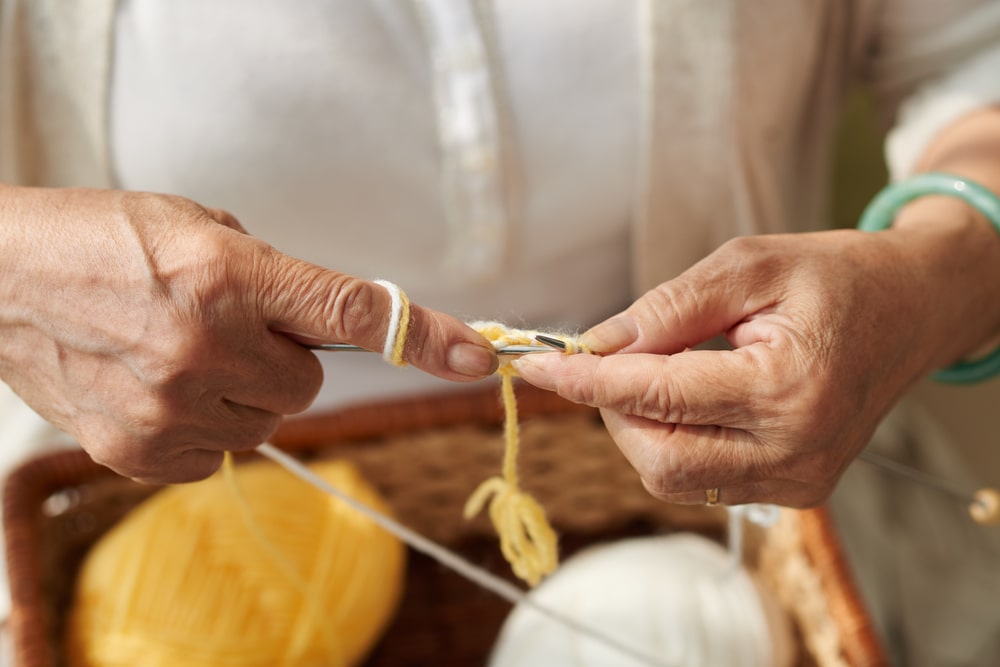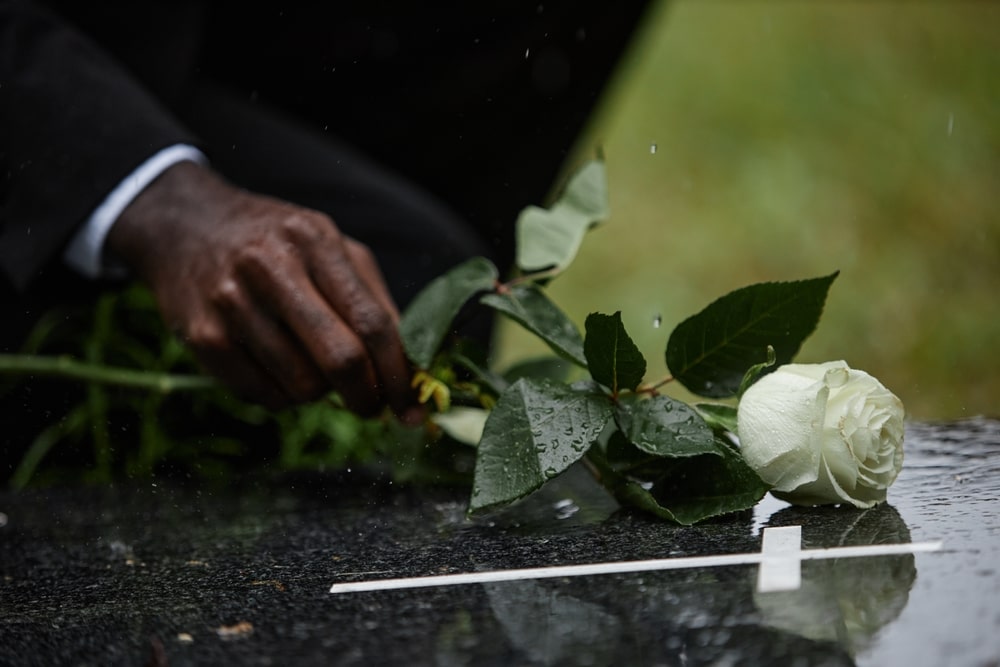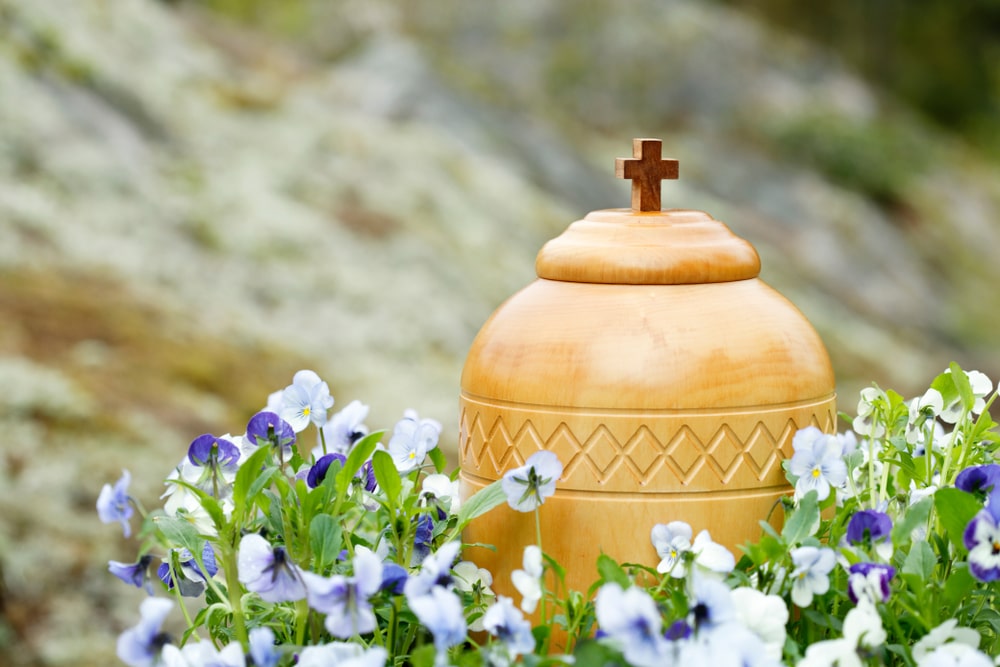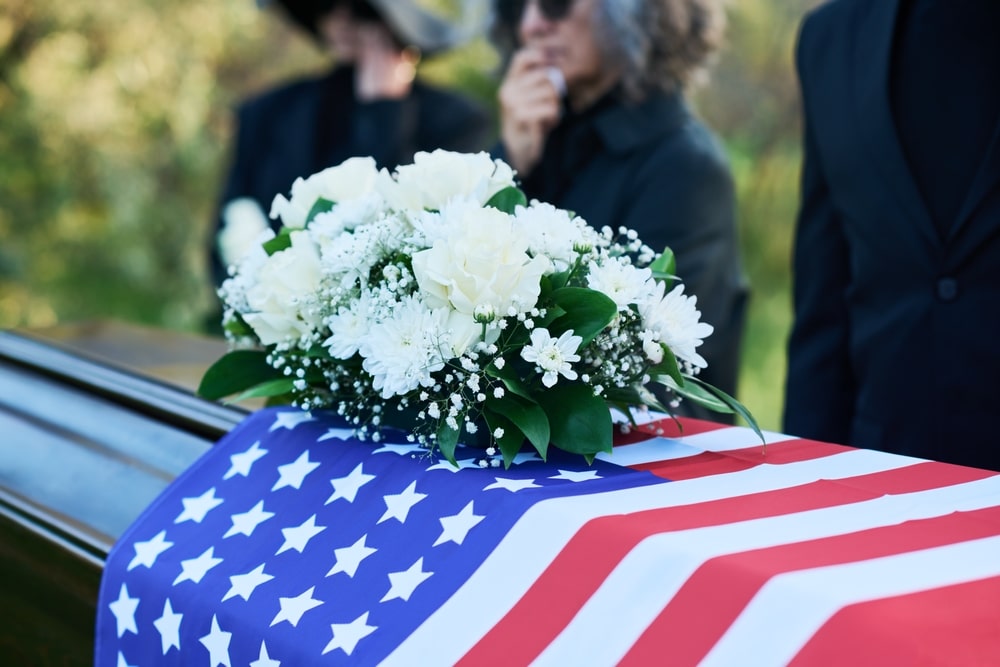Throughout history, many things have changed, but one thing that has endured is the funeral ceremony. At some level deep down, we all know that a funeral is important. It’s a time to say goodbye to someone we love and to start down the path toward reconciling ourselves to the loss we’ve suffered. The elements of a funeral have perhaps changed over time, from one culture and civilization to the next. However, according to grief expert and counselor Dr. Alan Wolfelt, personalization remains an important key to healing and meaningful funerals.
Dr. Wolfelt tells us that there are 7 elements to consider as we endeavor to create a meaningful funeral experience. With these 7 elements, it’s possible to personalize a funeral so that it perfectly fits the person who has died and honors the life they lived. The 7 elements are: music, readings, visitation, eulogy, symbols, gathering, and actions.
Today, let’s focus on 5 actions you can incorporate into a funeral that will invite mourners to put their grief into motion. Grief is an internal emotion – the way we feel about a loss – but mourning is getting our grief outside ourselves by participating in activities that allow us to outwardly express what we feel. In order to heal, we need to act. If we never do something about our grief, it remains inside, and over time, begins to fester and cause us great distress. However, by inviting others to join in a specific, perhaps symbolic, action at the very beginning of the grief journey, you allow them the opportunity to say goodbye properly and begin their grief journey on the right foot.
1. Participate in a Release Ceremony

You may want to include a special time of remembrance with a release ceremony. A few popular release options are doves, butterflies, paper lanterns, or balloons (make sure they are biodegradable and without ribbon). The act of release helps us say goodbye in a unique way. It allows us to experience greater closure and healing as we “release” a loved one’s spirit as well as our emotions and grief. If you select balloons or paper lanterns, you can take it one step further by writing messages of hope and love on the balloons or lanterns before releasing.
Of course, you should always make sure that taking part in a release is allowed by your city. For instance, if you live in a particularly dry area that’s susceptible to fire, you won’t want to choose a lantern release. The funeral director can help you determine which type of release ceremony is most appropriate for your wishes while still meeting legal requirements.
2. Incorporate Keepsake Items

As human beings, we often place value on material objects. The object doesn’t have to be expensive. In fact, the things we value the most are often not monetarily valuable – they are sentimental. Two ways you can invite mourners to take action involve these types of keepsake items. First, if your loved one owned a large number of something – let’s say your grandmother loved knitting scarves – you can bring them to the funeral ceremony and invite guests to take a scarf in remembrance of her. This can be done with any number of items. However, in order to be meaningful, the items must be special and specific.
Another option is to invite the guests to bring a keepsake item from home that reminds them of the person whose life is being remembered. And if you plan the ceremony accordingly, you can allow guests the opportunity to briefly share about the object they brought with them, how it relates to the one who has died, and why the keepsake means so much. These types of actions engage our minds and our emotions, encouraging us to tap into what we feel and provides an opportunity to express it.
3. Set a Theme
Did your loved one have a favorite color? Or perhaps a favorite book or movie? You can set a theme and invite mourners to take part in remembrance through participation. By selecting specific items of clothing related to the theme, everyone is invited to recall their own specific memories of the one who has died and think about how they can individually honor the life lived. And then, as many arrive dressed according to the theme, there is a sense of communal mourning and sharing. Everyone is there for the same reason – to honor and remember the one who has died.
4. Write a Message/Letter

The written word is powerful, and as a tool for expression, it’s effective. Consider inviting everyone, prior to the funeral, to write a letter addressed to the one who has died. Then, at the service, place these special messages inside the casket to be buried or cremated with the body. Some families provide cards, a large banner, or a canvas for mourners to write on. In some cases, the family may choose to keep the messages, banner, or canvas, and later on, these items become keepsakes that bring comfort to the family.
5. Prepare a Meaningful Meal

Nationally respected author and grief expert, Dr. Alan Wolfelt, says, “Food is symbolic of love when words are inadequate.” It’s a common practice to organize a gathering after the funeral, and even though the official ceremony is over, the meaningful and healing elements don’t have to cease.
By setting up a meal after the funeral where guests (especially family members) can gather, you invite further personalization. Did your loved one deeply appreciate a good crawfish boil? Did they delight in ice cream and an excellent spread of sundae toppings? Or did they love a particular restaurant? In a meaningful setting, guests have a chance to talk with each other, to remember and share memories about the one who has died, and to discuss the impact of a life lived.




